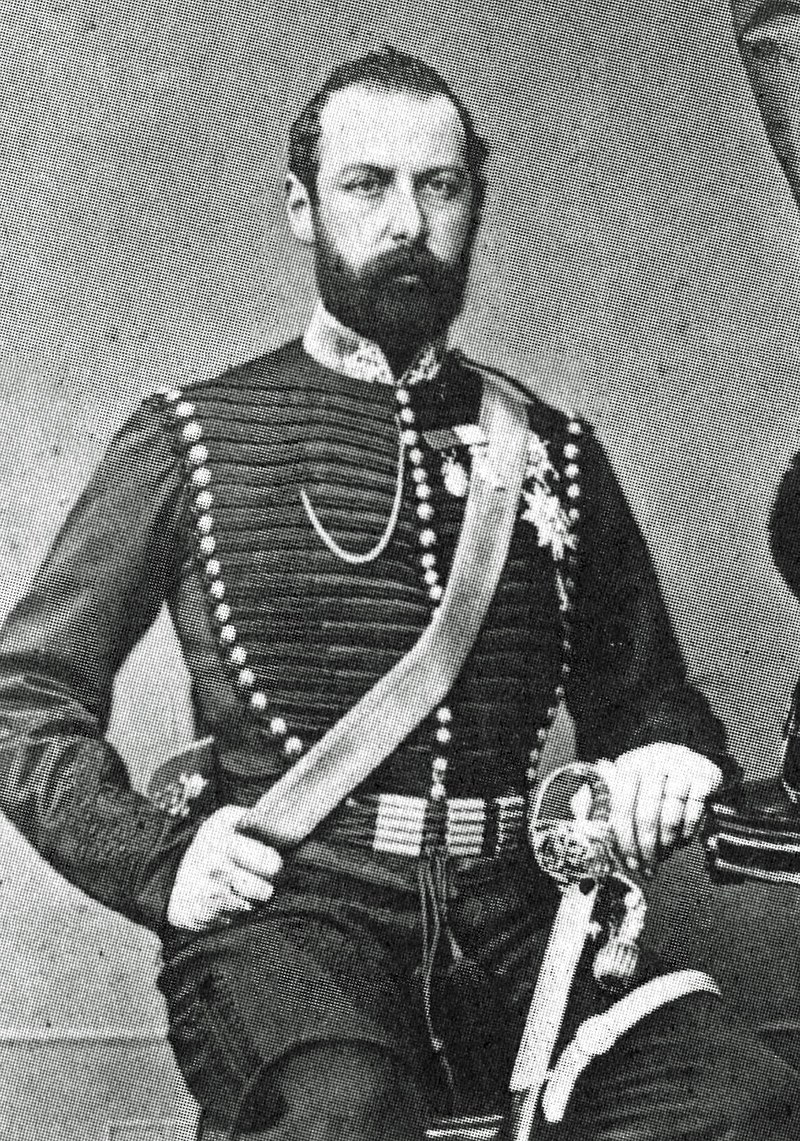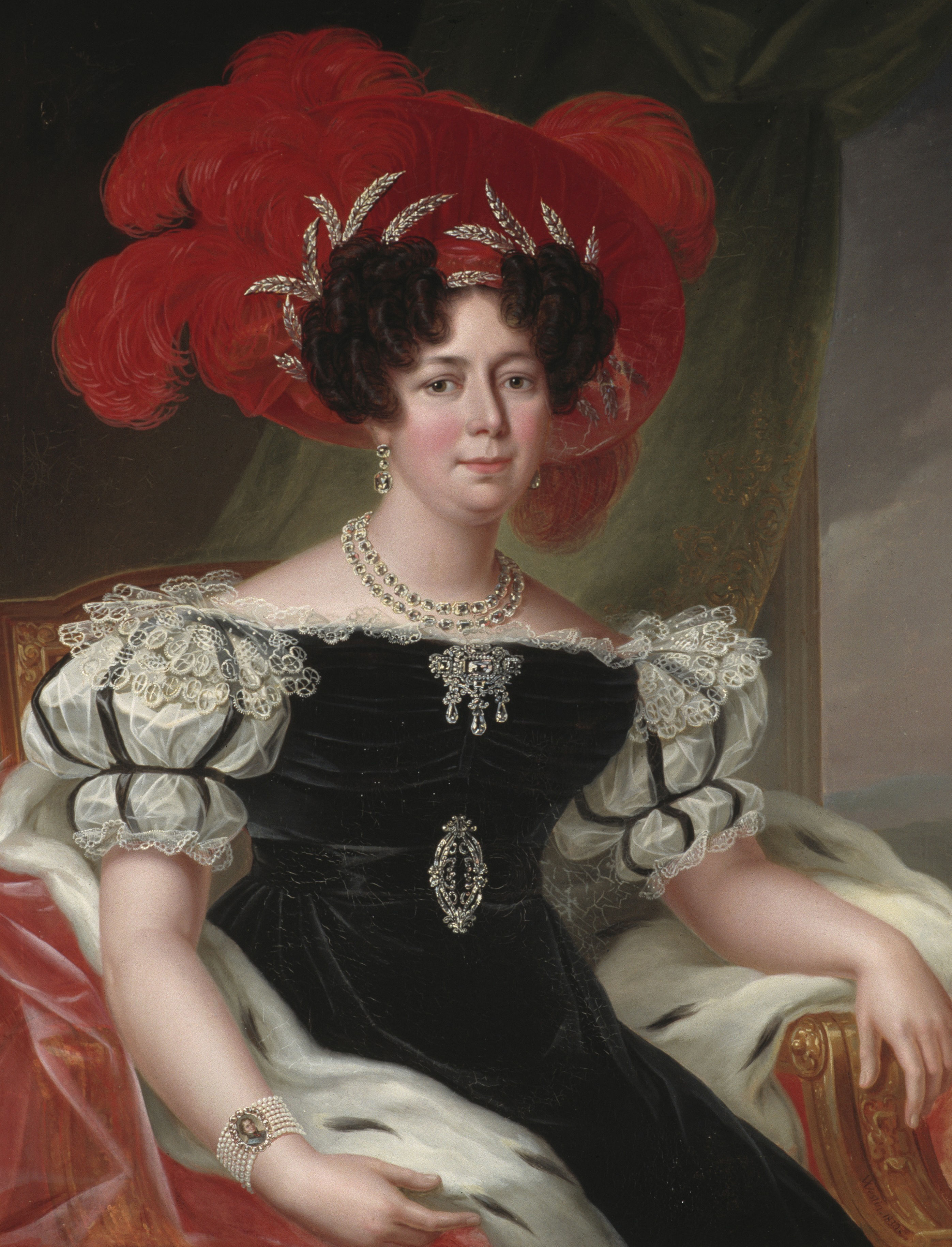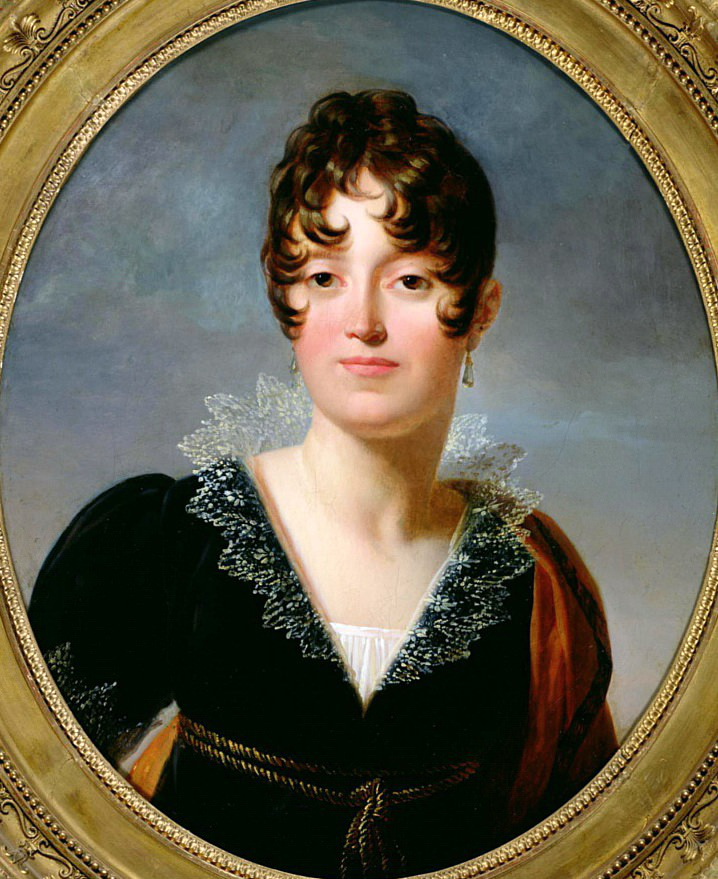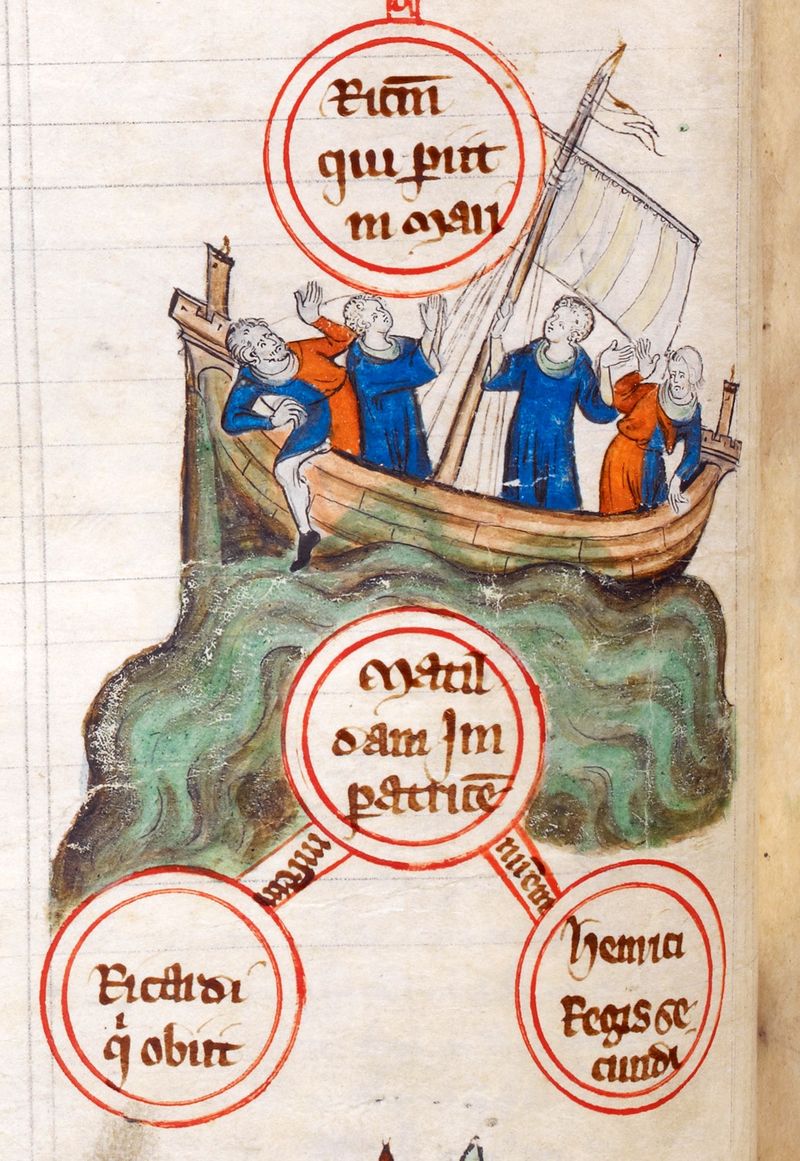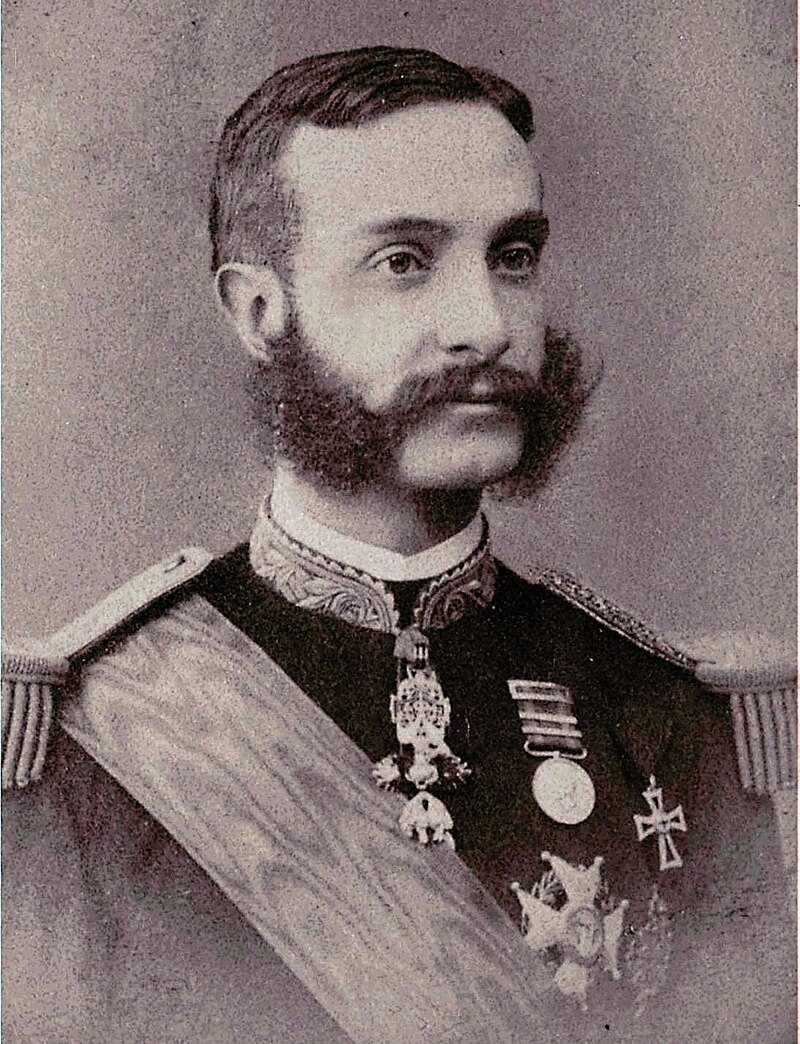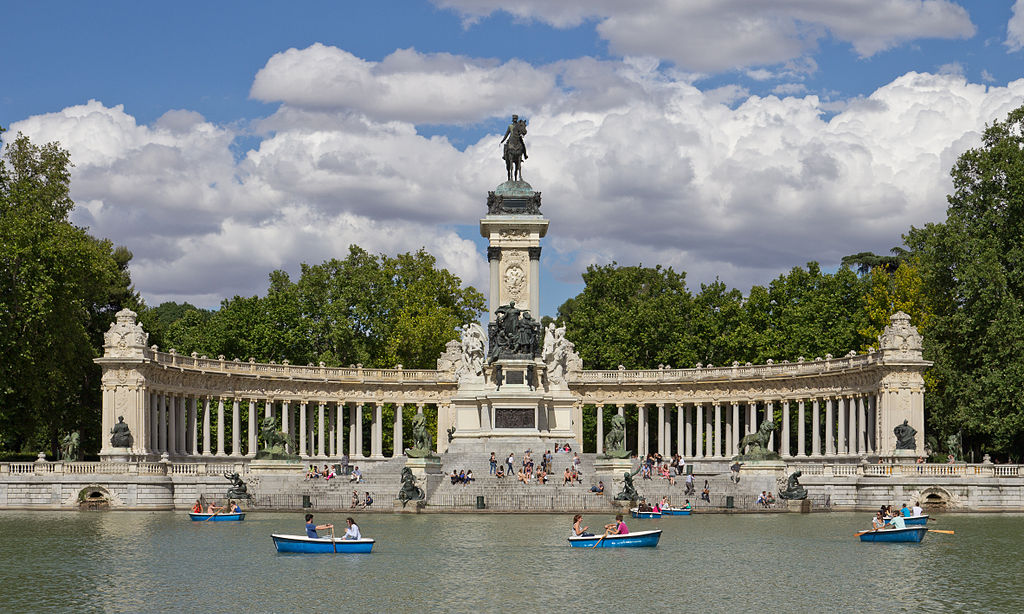by Susan Flantzer
- Lieutenant-Colonel The Honorable Edward Stuart St. Aubyn
- Timeline: December 1, 1915 – December 31, 1915
- A Note About German Titles
- Royals/Nobles/Peers/Sons of Peers Who Died In Action
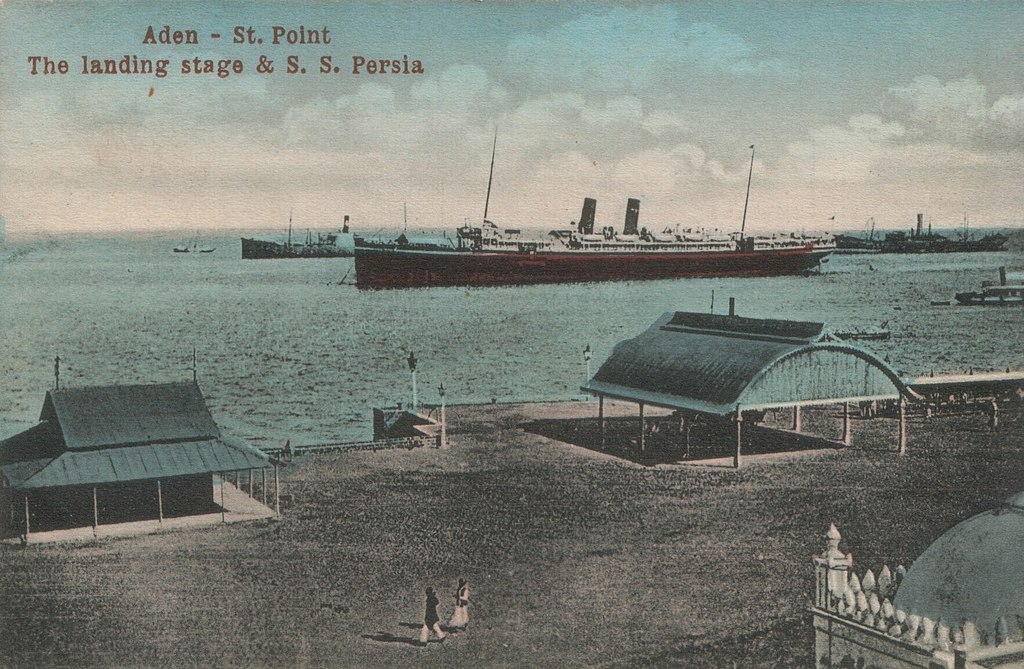
Postcard of SS Persia at Aden, c.1900; Credit – Wikipedia
Born on October 30, 1858, Lieutenant-Colonel The Honorable Edward Stuart St. Aubyn was the second son and fourth of the 13 children of John St. Aubyn, 1st Baron St. Levan of St. Michaels Mount and Lady Elizabeth Clementina Townshend, daughter of John Townshend, 4th Marquess Townshend. St. Aubyn, who made the British Army his career, was lost at sea while serving as King George V’s messenger on December 30, 1915 when the SS Persia, a British ocean liner, was torpedoed without any warning in the Mediterranean Sea by a German U-Boat. The Persia sank in five minutes, killing 343 of the 519 aboard. The sinking broke naval international law and was very controversial. The 57-year old Edward St. Aubyn was unmarried, was a Lieutenant-Colonel of the 12th Battalion, King’s Royal Rifle Corps, and had fought in Egyptian Campaign in 1882, the Boer War between 1899 and 1900, and in World War I. From 1914 until his death, St. Aubyn was a chief of staff in charge with the General Staff Branch, and responsible for training, intelligence, planning operations and directing battles. St. Aubyn’s younger brother The Honorable Piers Stewart St. Aubyn died in action on October 31, 1914 in France.
There is a memorial to Lieutenant-Colonel The Honorable Edward Stuart St. Aubyn at St. Michael’s Mount Castle on St. Michael’s Mount, a small tidal island in Mount’s Bay, Cornwall, United Kingdom. The St. Aubyn family has lived at the castle since around 1650.

“St michaels mount” by me. Licensed under CC BY-SA 3.0 via Commons – https://commons.wikimedia.org/wiki/File:St_michaels_mount.jpg#/media/File:St_michaels_mount.jpg
In addition, Lieutenant-Colonel The Honorable Edward Stuart St. Aubyn is remembered at the Chatby War Memorial in Alexandria, Egypt, which commemorates 986 United Kingdom and British Empire service personnel who died at sea in the Mediterranean in the First World War and have no grave on land.
BBC: The Persia’s fateful voyage
*********************************************************
Timeline: December 1, 1915 – December 31, 1915
- December – July, 1916: Battle of Lake Tanganyika in Africa
- December 6 – 12: Battle of Kosturino in Kingdom of Serbia (now Macedonia)
- December 7: Beginning of First Siege of Kut in Kut-al-Amara, Mesopotamia (now Iraq)
- December 19: Douglas Haig replaces John French as commander of the British Expeditionary Force
*********************************************************
A Note About German Titles
Many German royals and nobles died in World War I. The German Empire consisted of 27 constituent states, most of them ruled by royal families. Scroll down to German Empire here to see what constituent states made up the German Empire. The constituent states retained their own governments, but had limited sovereignty. Some had their own armies, but the military forces of the smaller ones were put under Prussian control. In wartime, armies of all the constituent states would be controlled by the Prussian Army and the combined forces were known as the Imperial German Army. German titles may be used in Royals Who Died In Action below. Refer to Unofficial Royalty: Glossary of German Noble and Royal Titles.
24 British peers were also killed in World War I and they will be included in the list of those who died in action. In addition, more than 100 sons of peers also lost their lives, and those that can be verified will also be included.
*********************************************************
December 1915 – Royals/Nobles/Peers/Sons of Peers Who Died In Action
The list is in chronological order and does contain some who would be considered noble instead of royal. The links in the last bullet for each person is that person’s genealogical information from Leo’s Genealogics Website or to The Peerage website. If a person has a Wikipedia page, their name will be linked to that page.
- Lieutenant-Colonel The Honorable Edward Stuart St. Aubyn
son of John St. Aubyn, 1st Baron St. Levan of St. Michaels Mount and Lady Elizabeth Clementina Townshend - born October 30, 1858
- unmarried
- lost at sea in the torpedoing of S.S. Persia in the Mediterranean Sea off Crete on December 30, 1915, age 57
- http://www.thepeerage.com/p47943.htm#i479422



